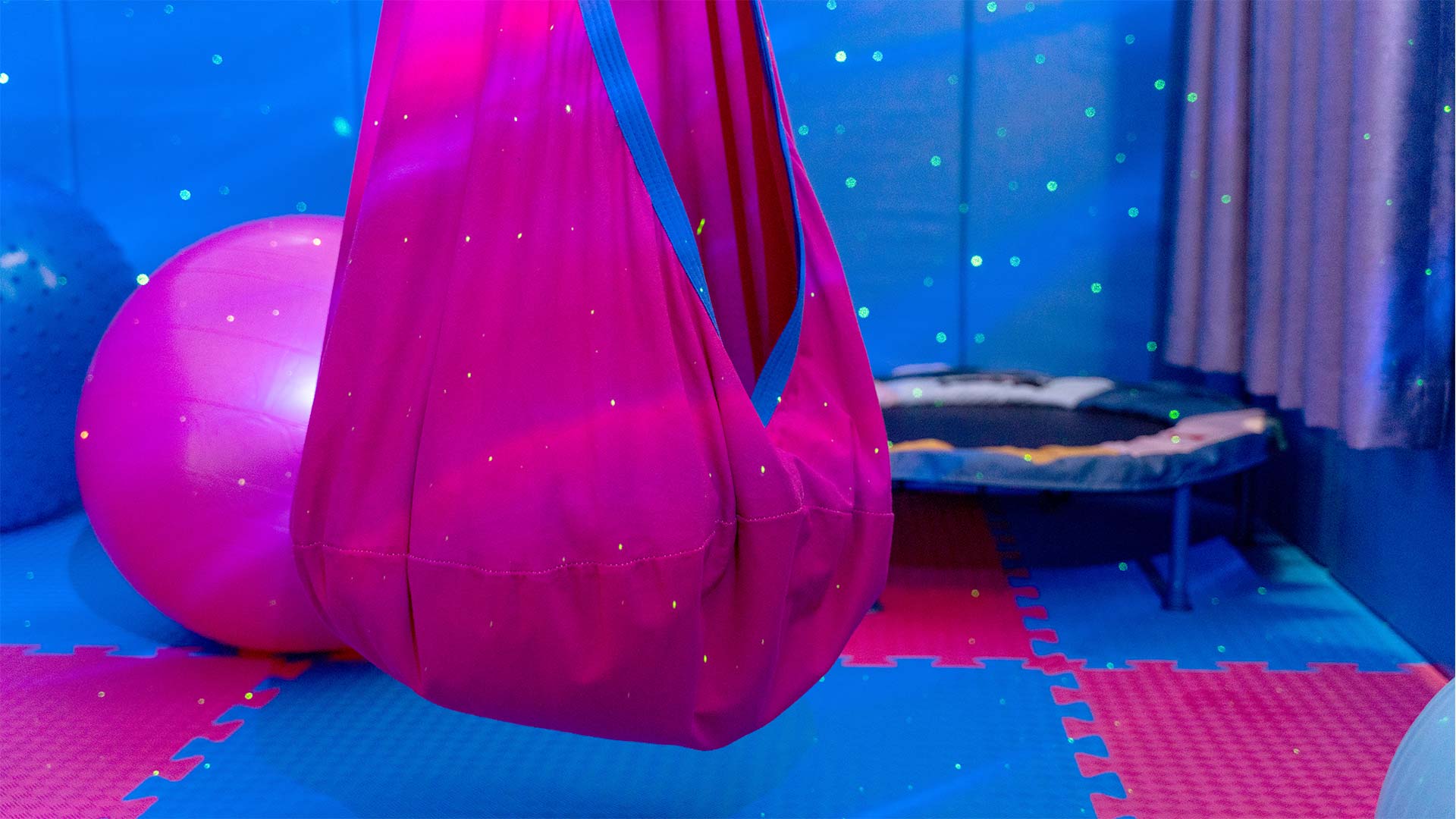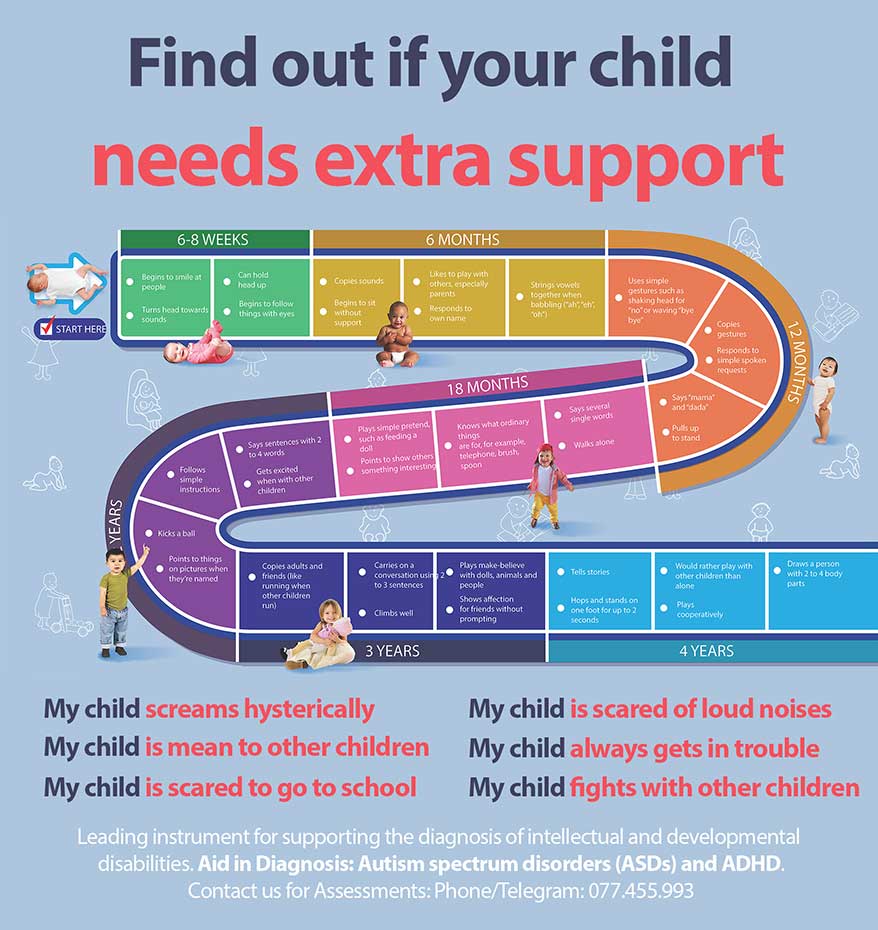Sensory cocoon swings are a type of swing that is designed to provide deep pressure and vestibular stimulation. This can be helpful for calming students with special needs, such as those with autism, ADHD, or sensory processing disorder.
The cocoon-like design of the swing provides a sense of security and containment, which can be calming for students who feel overwhelmed by their surroundings. The swinging motion also provides deep pressure, which can help to regulate the body’s nervous system. Additionally, the vestibular stimulation from the swinging can help to improve balance, coordination, and spatial awareness.
Here are some of the specific benefits of using a sensory cocoon swing for students with special needs:
- Calming. The cocoon-like design and swinging motion of the sensory cocoon swing can help to calm students who are feeling anxious, upset, or overwhelmed.
- Regulation. The deep pressure from the swing can help to regulate the body’s nervous system, which can lead to improved focus and attention.
- Motor skills. The swinging motion of the swing can help to improve balance, coordination, and spatial awareness.
- Sensory processing. The sensory cocoon swing can help to provide students with the deep pressure and vestibular stimulation that they need to process sensory information in a more efficient way.
If you are a parent or teacher of a student with special needs, you may want to consider using a sensory cocoon swing to help them calm down and focus. Sensory cocoon swings are a safe and effective way to provide deep pressure and vestibular stimulation, which can have a number of benefits for students with special needs.
Here are some additional tips for using a sensory cocoon swing for students with special needs:
- Start by using the swing for short periods of time, and gradually increase the amount of time as your child becomes more comfortable.
- You may want to add some calming music or sounds to the environment to create a more relaxing atmosphere.
- If your child is sensitive to light, you may want to use a swing that has a dark fabric or that can be covered with a blanket.
- You can also add some soft toys or cushions to the swing to make it more comfortable.
- It is important to supervise your child at all times when they are using the sensory cocoon swing.
Cocoon Swings are a great way to add a calming and relaxing element to any space. They are perfect for sensory integration rooms, calming rooms, and sensory bedrooms, as they provide a dark, quiet, and peaceful environment where users can de-stress and recharge.
If you are interested in learning more about sensory cocoon swings, there are a number of resources available online and in libraries. You can also talk to your child’s therapist or doctor to get their recommendations.
Find out if your child needs extra support today!
- My child screams hysterically
- My child is mean to other children
- My child is always worried
- My child is scared to go to school
- My child is scared of loud noises
- My child doesn’t know how to read
- My child is scared to play outside
- My child does not respond to his name
- My child always gets in trouble
- My child fights with other children
- My child doesn’t know how to count
If you are concerned about your child’s development, contact us for Assessments: Phone/Telegram: 077.455.993 – Telegram Link: https://t.me/OrbRom
If you are concerned about your child’s development, contact us for Assessments.
Phone/Telegram: 077.455.993 Link: https://t.me/OrbRom






Leave A Comment